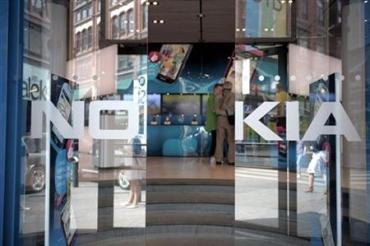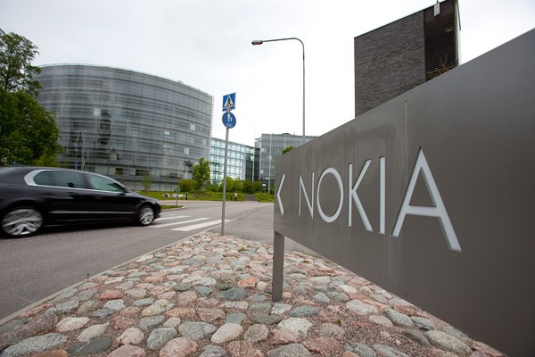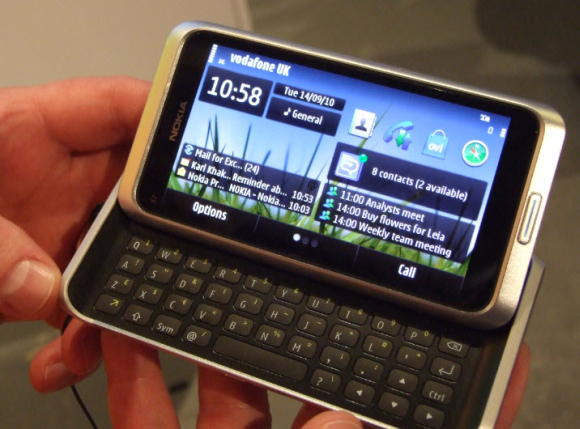 |  |
Arguably Finnish mobile handset maker Nokia, the Euro42 billion (2010) multinational company, did as much to usher the telecom revolution in India, as did the Bharti or the Ambani dream.
Despite the vision the Helsinki headquartered company has found itself cornered in the Indian market, its market share visibly reduced and its devices dumped for cheaper, Indian and Chinese counterparts over the past two years.
Now, Nokia has chalked out its fight-back strategy.
The vision to drive this next leg, say company executives, is nothing new but an extension of Nokia's stated purpose -- that of 'Connecting People'.
"The new strategy, as announced by the CEO, looks to 'Connect the Next Billion'. This is an extension of our long standing announced vision of allowing people the right to connect using the latest in technology," says Viral Oza, director, marketing, Nokia India.
According to Oza, the strategy now is to ensure that the product suite that the company has on offer evolves with the evolution of technology and is made available at a lower price band -- that is, at the sub-Rs 6,000 segment as well.
The next billion, he says, will come not just from the pipe connect that a handset provides, but from providing the user with the ecosystem to connect using data, and this data usage will not be confined to those carrying costly handsets.
"The basic premise of mobile technology has to be to make it available to everyone.
"This has been the mainstay of the Nokia brand, which has traditionally had a presence from the Rs 2,000 to the Rs 20,000 range.
"The change one will see now is the need of the future," Oza explained.
The idea itself has roots in Nokia global CEO Steven Elop's words: "The battle of devices has now become a war of ecosystems."
That Nokia had to work toward the development of a favourable ecosystem is not a new premise in the larger Nokia strategy.
Conventionally, the term ecosystem was used to refer to a group of partners that Nokia would bundle with in the creation of the device.
These would include the contributions from silicon providers, software component developers, integrators and operators besides Nokia, the majority partner.
 |  |  |
In the new scheme of things, this ecosystem also refers to telecom service providers like Bharti Airtel and Vodafone.
In other words, the idea has now been expanded to include third party software and services, while the underlining philosophy of building around the device remains intact.
"The idea of access is linked to affordability.
"So we have tied up with service providers like Airtel where we will provide free internet surfing for the first six months on the purchase of a handset," Oza said, detailing the new strategy.
The direction in which the market is moving is unmistakable. According to a recently released report by the Federation of Indian Chambers of Commerce and Industry and Ernst & Young, in 2010, handset volumes in India reached 150 million.


No comments:
Post a Comment